
What is Electricity? Types and 20 Amazing Tips
Electricity: Definition, Types, and 20 Tips
Electricity plays an important role in about every aspect of modern-day living. It gives the power to almost all of the daily life appliances, such as microwaves, Air Fryer, TV. etc. It is considered a physical phenomenon, it is not invented by humans.

Benjamin Franklin is credited with the discovery of electricity since he proved that lightning is a state of electrical energy after applying his kite experiment. Electric current is measured in amperes, it is abbreviated as “amps”.
Electricity is a kind of energy that can assemble in one place or rush from one place to another. If electricity gathers in one place it is named static electricity, which indicates that it doesn’t move. While electricity that moves is named current electricity.
What Do You Know about Electrical Circuits?
A circuit is a path for electrons to move through. These circuits allow electricity to be used to provide power to any electrical device. Electricity can only move through a complete circuit that has no gaps. In the 1800s, Alessandro Volta designed the first battery which could supply a constant flow of current.
A circuit consists of some parts that are known as components. The first component is called the power source or the voltage source. It drives the electricity through the circuit. Connectors are another component. They connect all the parts of the circuit and make the path that the electricity moves through. They are often composed of wire or other metal.
The load is the third component of a circuit. It is powered by the electricity in a circuit. It could be a toaster, a TV, a fan, or any electronic gadget used every day. Finally, most circuits have a switch that switches the power on and off.
A circuit can be composed in 2 ways: series circuits and parallel circuits. In a series circuit, there is one single path where the electricity flows. So, the amount of current is the same throughout the path.
However, the amount of current that moves through each device differs because, the more devices are added, the less the amount of current flowing through each device.
In a parallel circuit, the current is divided into several paths. Each part in a parallel circuit is on a separate branch. One of the parts like a bulb can be turned on or off without impacting the others in a parallel circuit.
There are different paths through which the electricity moves in a parallel circuit. This means that the amount of current is different at different points in the circuit. Each component of a parallel circuit is separate from the other, so adding more bulbs does not affect the amount of current on each branch.
Accordingly, in a series circuit, if we add more bulbs, it affects the brightness of the light. On the other hand, in a parallel circuit adding more bulbs doesn’t affect the brightness of the light.
Benjamin Franklin and Electricity
He was an American scientist. He began analyzing the phenomenon of electricity in 1746. His famous kite experiment was to prove that lightning is electricity. He tied a wire to one end of the kite and a metal key to the other end of the kite.
He flew the kite in a thunderstorm. He used a Leyden jar as well to store the electric charge. He successfully proved that lightning transferred from the key to the jar. As a result, Ben invented the lightning rod, which helps to maintain buildings safe from lighting.
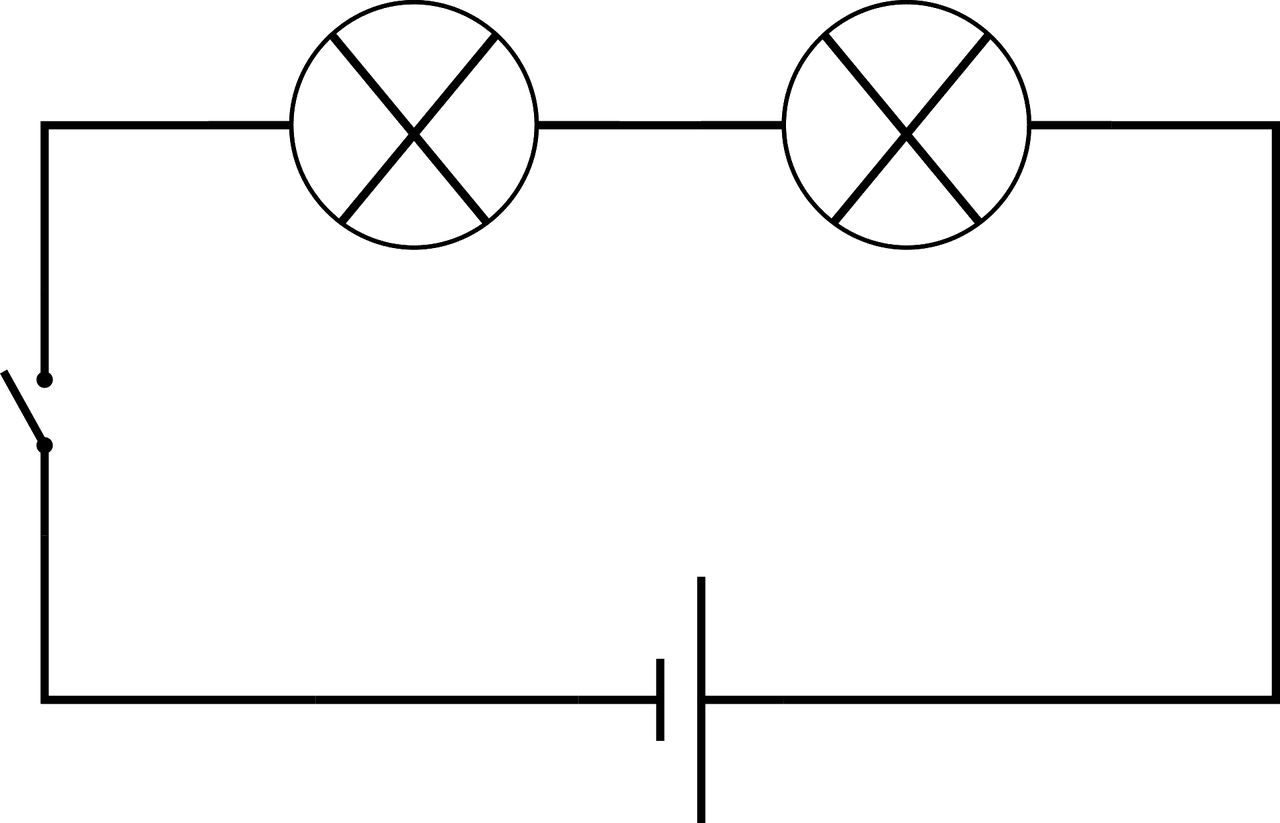
What is a Static Electricity?
Static electricity is the formation of an electrical charge on the surface of an object. Static charges form when two surfaces scratch together and electrons move from one surface to another. This makes one object has a negative charge and one has a positive charge.
Lightening is a typical example of the impacts of static electricity. During a storm clouds move by each other and electrons jump from one cloud to another, making clouds have strong positive or negative charges. These charges are attracted to each other and finally jump through the air causing an amazing spark.
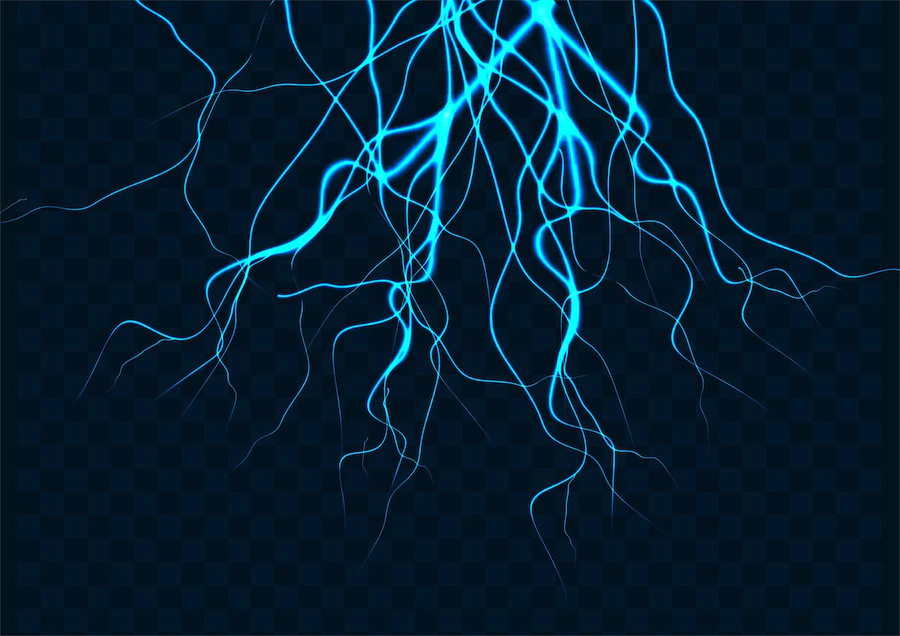
Interesting Facts about Electricity
- Electricity travels at the same speed as light, which is more than 186,000 miles per hour.
- Volt is the unit of electric force that estimates the possible strength of the current.
- Water is not a conductor, however, the impurities cause it to conduct electricity.
- One flash of static electricity can calculate up to 3,000 volts.
- Electricity is a natural power and was not invented by humans.
- Benjamin Franklin is the one who discovered electricity.
- The unit of measurement for electricity is the watt which equals 1 J/s.
- Electricity can be created by the sun, wind, water, and animal poop also.
- The Statue of Liberty was the first lighthouse that utilised electricity in 1886.
- Some creatures use electricity as a way of hunting or for self-defence such as electric eels.
- Power plants are also called power stations, generating stations, or generating plants.
- The first power plant was constructed in 1882, possessed by Thomas Edison.
- Almost all the power plants throughout the world use fossil fuels to generate electricity.
- In 2018, the biggest source of electricity generation went to natural gas power plants.
- There are other sources of electric generation that has the smallest impact on the environment and the planet like renewable energy sources (like solar, hydroelectric, geothermal)
- Current electricity can be in one of 2 forms: the form of DC (direct current) or AC (alternating current).
- The main difference between DC and AC is the direction of the current flow.
Hydropower Facts and Gravity Science
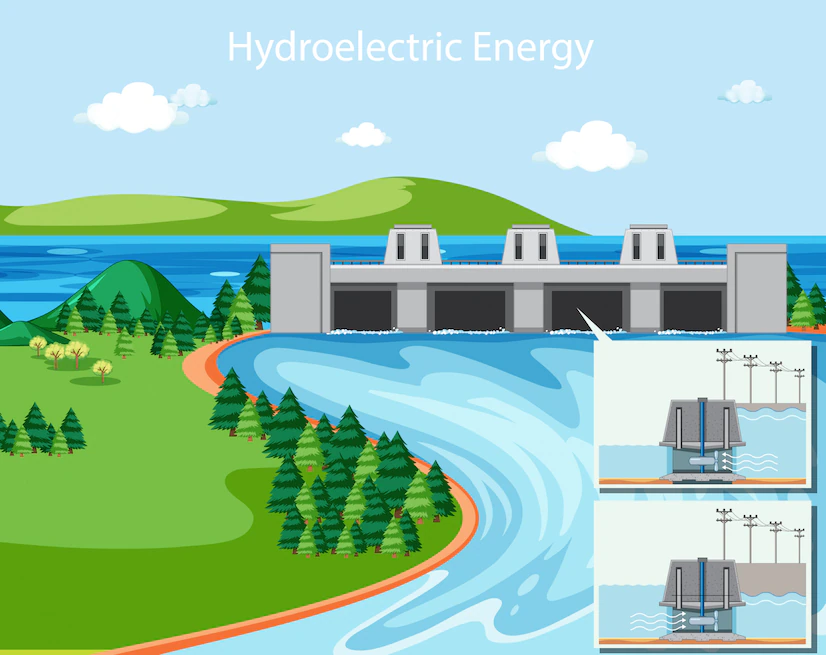
Hydroelectric energy, also named hydroelectric power or hydroelectricity, is a form of renewable energy that uses the water, stored or flowing, to generate electricity.
Over 20% of the world’s electricity is produced by utilising hydroelectric power. Tidal power is another form of hydropower that uses the energy of tides to produce electricity. The largest hydroelectric power station in the world is the Three Gorges Dam which is located in China.
Most hydroelectric power plants have a supply of water, a gate to manage the amount of water that flows out of the reservoir, and a portal or a place where the water stops after flowing downward.
Water has potential energy just before it falls out of the top of a dam or moves down a hill. The potential energy is turned into kinetic energy once water moves downhill. The water can be used to turn the blades of a turbine to produce electricity, which is provided to the power plant’s customers.
There are three different types of hydroelectric energy plants, the most popular is an impoundment facility. In an impoundment facility, a dam is used to manage the flow of water stored in a reservoir.
When more energy is required, water is unleashed from the dam. Once water is released, gravity controls and the water moves downward through a turbine. As the blades of the turbine turn, they give the power to a generator.
A diversion facility is another type of hydroelectric energy plant. This type of plant is special because it does not utilise a dam. Rather, it uses a series of canals to channel flowing river water toward the generator-powering turbines.
A pumped-storage facility is the third type of plant. This plant gathers the energy generated from solar, wind, and nuclear power and stores it for future use. The plant stores energy by pumping water uphill from a reservoir at a lower height to a reservoir found at a higher elevation.
When there is an increased demand for electricity, water located in the higher pool is unleashed. Once this water flows back down to the lower reservoir, it spins a turbine to produce more electricity.
Hydroelectric energy is the most generally-used renewable source of electricity. The largest producer of hydroelectricity is China. Other top producers of hydropower all over the world include the U.S.A, Brazil, Canada, India, and Russia. Roughly 71% of all of the renewable electricity produced on Earth is from hydropower.
Dangers of Electricity and Electrical Safety Tips
Kids are inherently curious and do not know the dangers of electricity. Introducing them the basic information about the power of electricity and the danger of electrical shock saves them from harm. Here are some of these dangers:
- Electricity can make burns, shocks and even death.
- Devices and power wires can be just as harmful s electrical power lines if you do not take appropriate safety protection.
- Electricity moves easily through water, and it can travel through the human body because it is made of 70 % water.
- The muscles in the body get tensed and cause choking making it hard for the kid to breathe.
- It makes the heartbeat get disordered which in turn tightens the blood vessels.
- Electricity if not managed appropriately has the power to cause severe internal damage multiple hours later after suffering the shock.
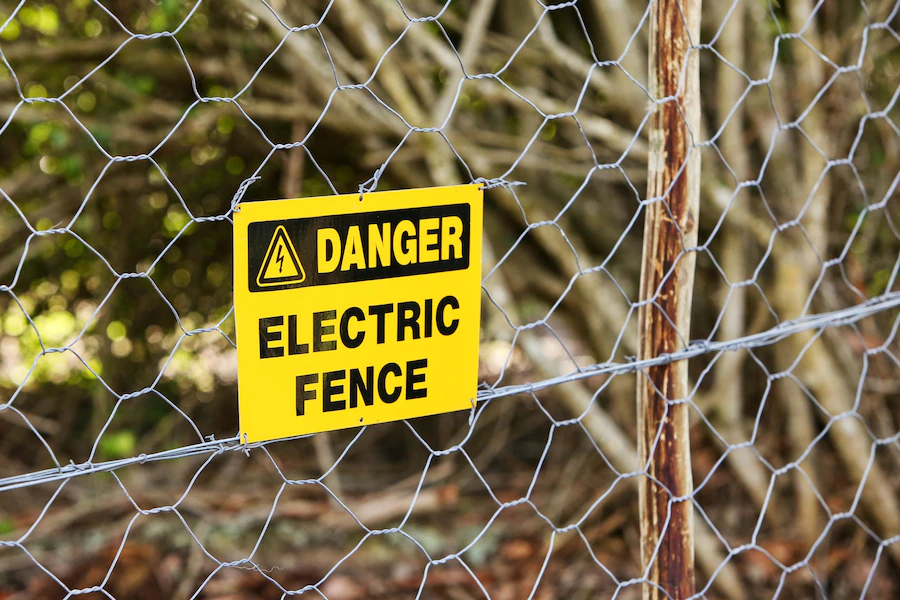
Let’s move to the safety tips:
- Never cling your fingers or anything into an electrical outlet or light socket.
- Keep fingers and other things out of small appliances, such as the boiler, even if the device is turned off.
- Never use an appliance near any source of water.
- Keep electrical wires and cords far from sources of heat.
- Keep electrical cords far from any sources of water.
- Never touch any electrical appliance or device, like a hairdryer, when you are touching the water.
- Never remove an electric plug out of the wall outlet by pulling the electric cord.
- Unplug any electrical device before cleaning it.
- Replace torn cords on the spot to avoid getting shocks.
- Never touch broken wires that are lying on the ground. Keep a safe space from such live wires to avoid getting shocked.
- Never charge phones under the pillow as they get overheated and catch power.
- Stay away from power stations.
- Never fly kites around power lines, instead find an open area.
- Never climb trees that are next to power lines or have power lines tied through them.
- Never swim if there is a thunderstorm.
- Never climb on borders around electric substations.
- Never throw objects, like shoes or fibres onto electric power lines.
- Never touch an electrical line with your hands or even fingers or anything.
- Do not stick posters or banners on electric utility poles.
How Can We Save Electric Energy?
- Turn off the lights and electrical gadgets while leaving the place.
- Limit electronic usage to minimize charge time which in turn saves electricity.
- Unplug electronic device chargers once they are fully charged.
- Don’t keep the refrigerator door open.
- Plant a tree to shade the house on hot summer days.
- Keep the curtains closed during the day in summer to block the sun’s heat.
Conclusion
Electricity is very important in about every aspect of modern-day living. Benjamin Franklin is an American scientist who discovered electricity. The circuit is the path for the electrons to produce electricity. One of the most common ways to generate electricity is through Hydroelectric energy.
Although electricity can result in some dangers, there are some safety tips to avoid these dangers. It’s also very important to know different ways and tips to save electric energy.
Why not subscribe to our LearningMole Library for as little as £1.99 per month to access over 1300 fun educational videos.
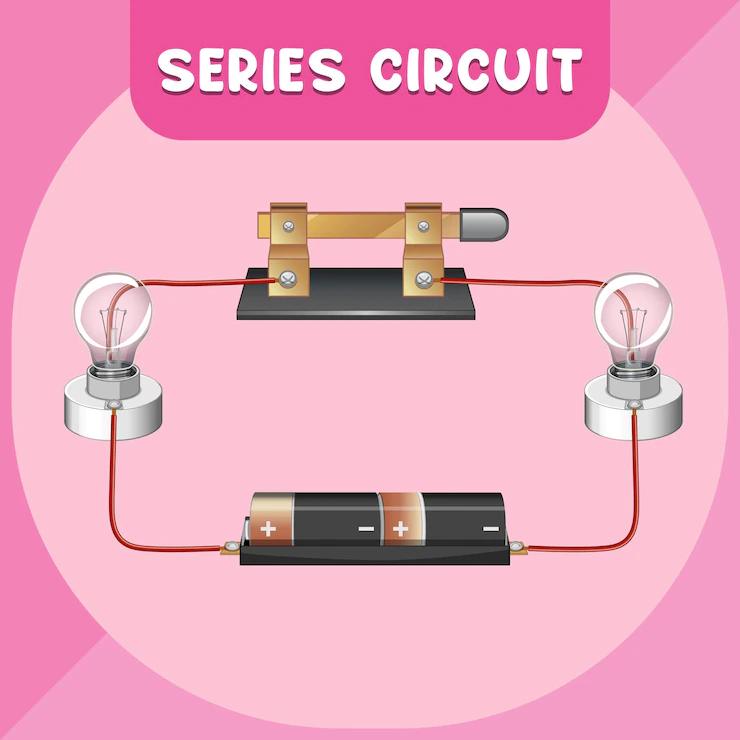
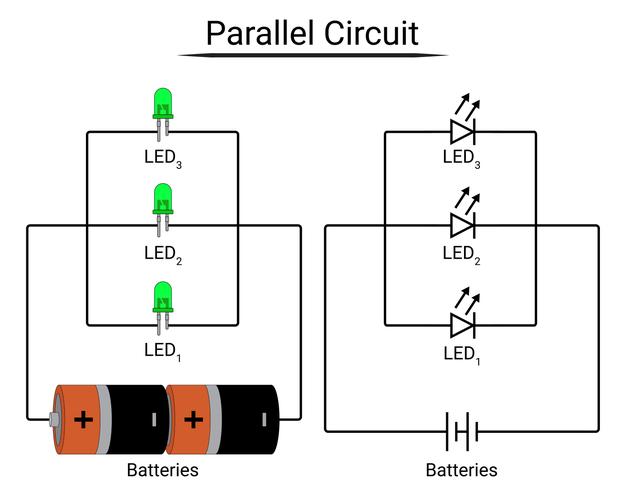


Leave a Reply